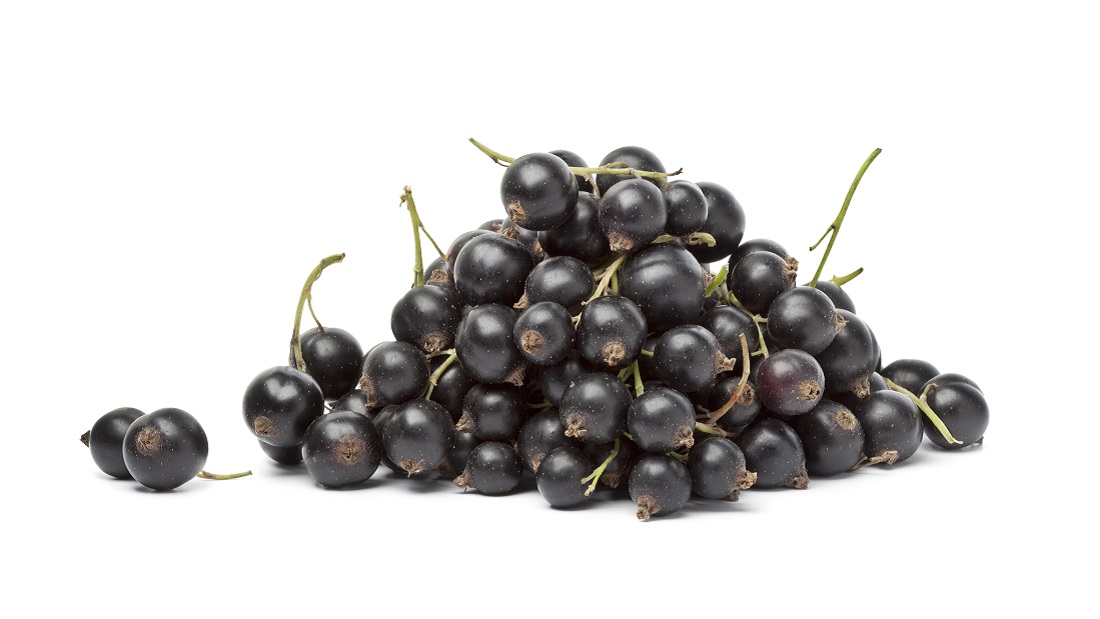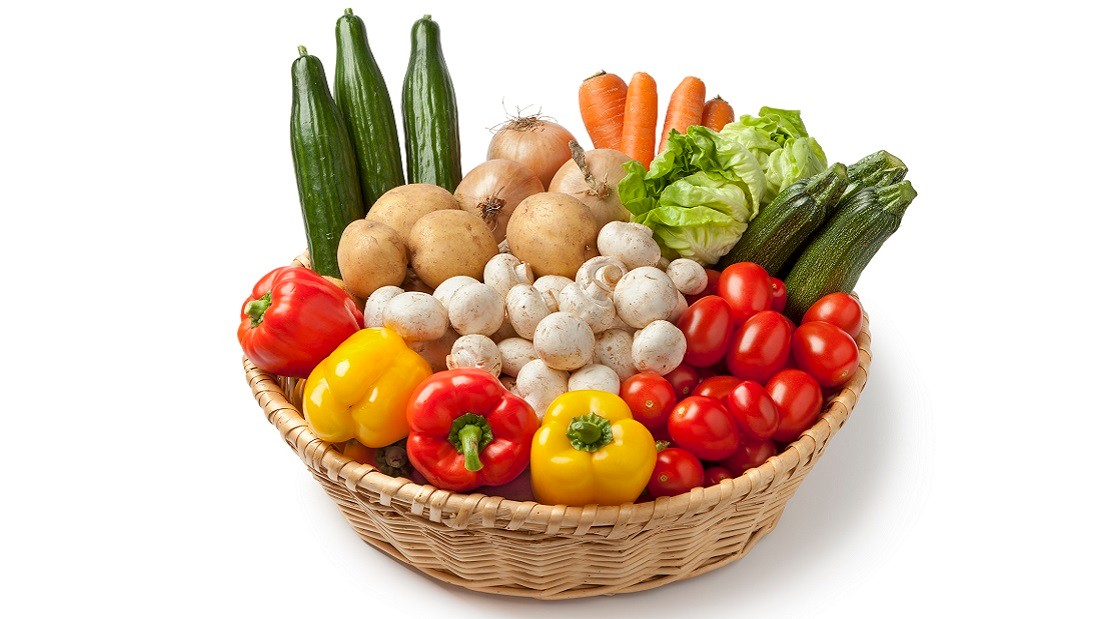Vitamin C

How much do you need daily?
Adults need 40 milligrams of vitamin C per day. Vitamin C can’t be stored in the body, so you need it in your diet every day.
The government recommends the following intakes
| Age |
Amount of vitamin C recommended (milligrams per day) |
|---|---|
| 0-12 months |
25 |
| 1-10 years |
30 |
| Males |
|
| 11-14 years |
35 |
| 15-50+years |
40 |
| Females |
|
| 11-14 years |
30 |
| 15-50+ years |
40 |
| During pregnancy |
+10 |
| Breastfeeding |
+30 |
| Smokers |
80 |
Smoking causes vitamin C losses and smokers tend to have lower levels of vitamin C than non-smokers. So, the recommended intake for smokers is considerably higher to compensate for losses.
Are we getting enough?
The 2014 National Diet and Nutrition Survey found that daily average intakes of vitamin C from food sources were well above recommended levels for all ages. The number of people with very low intakes was less than one per cent.
Why do we need it??
Vitamin C (also known as ascorbic acid) is necessary for the growth and repair of all the tissues in the human body. It helps make collagen, an important protein which is one of the basic components in the skin, cartilage, tendons, ligaments and blood vessels. Vitamin C is also needed for wound healing and for healthy bones and teeth. On top of that, it helps the body absorb iron from diet.
Vitamin C is an antioxidant, which means it helps prevent our DNA from the damage caused by free radicals – dangerous metabolism by-products.
It’s easy to get enough vitamin C from a healthy diet but if you eat mostly processed food, your levels might be low. Smoking cigarettes also lowers the amount of vitamin C in the body, so smokers need to have higher intakes. It’s best to get vitamin C from foods, as a supplement might not have the same effect and vitamin C rich foods tend to have multiple health benefits. Vitamin C is sensitive to heat and light so it’s best to eat vitamin C foods raw or lightly cooked.
Water-soluble nutrients like vitamin C may be lost during cooking. For example, raw broccoli contains 79 milligrams per 100 grams, steamed broccoli contains 60 milligrams and boiled, just 44 milligrams. So boiling broccoli may cause losses of over a third of its vitamin C content and microwaved or stir-fried broccoli, up to a quarter. Steaming does not cause such significant losses of vitamin C in broccoli. Cooking can remove up to two-thirds of the vitamin C in fresh spinach and canned peas and carrots may lose 85 to 95 per cent of their vitamin C. Depending on the method used, loss of vitamin C during cooking typically ranges from 15 to 55 per cent. Try to avoid boiling vegetables, lightly steam them and just gently wilt leaves like spinach and chard.
Cooking isn’t all bad, it boosts the level of some nutrients including lycopene in tomatoes. Lycopene may be an even more potent antioxidant than vitamin C. A mixture of fresh and lightly cooked vegetables will provide all the vitamin C you need.
Vitamin C levels are often are higher in frozen foods compared with fresh produce, probably because vitamin C is lost during storage and transport of fresh produce.
If you take large amounts of vitamin C – more than 1,000 milligrams daily – it can cause stomach pain, diarrhoea and/or flatulence. Contrary to popular belief, vitamin C supplements don’t help prevent colds but a healthy diet with vitamin C rich foods can help boost your immune system.
Do I need a supplement?
No, for adults, a healthy vegan diet containing the above foods on a daily basis will cover your needs.
The Government recommends all children aged six months to five years are given vitamin supplements containing vitamins A, C and D every day.
Babies who are having more than 500ml (about a pint) of infant formula a day should not be given these vitamin supplements because formula is fortified with them already. They say babies who are being breastfed should be given a daily vitamin D supplement from birth, whether or not you’re taking a supplement containing vitamin D yourself.
The best plant sources

The best plant sources of vitamin C include blackcurrants, pepper (red and green), kale, papaya, spring greens, cranberry juice, strawberries, Brussels sprouts, broccoli, cabbage, mange-tout, cantaloupe melon, kiwi, grapefruit, mango, oranges, watercress, raspberries, tomatoes, cauliflower, potatoes, pineapple and spinach. Parsley is generally only used sparingly in foods but is a rich source of vitamin C (190 milligrams per 100 grams) so just a couple of sprigs can provide a great boost.
Surprisingly, blueberries, apples, cucumber, grapes and lettuce all contain relatively low levels (six milligrams or less per 100 grams) compared to the above fruit and vegetables. Meat, fish, poultry, eggs and dairy products and grains are not considered good sources as they contain either very little or no vitamin.
Signs of deficiency
Dry and splitting hair, gingivitis (inflammation of the gums) and bleeding gums, dry and scaly skin, slow wound-healing, easy bruising, nosebleeds, greater susceptibility to infection; a severe form of vitamin C deficiency is known as scurvy.
Foods to include
| Food |
Milligrams of vitamin C per portion |
% of recommended daily amount (40 milligrams) |
|---|---|---|
| Blackcurrants, raw (4 heaped tablespoons, 80g) |
160.0 |
400 |
| Red pepper (half a pepper, 80g) |
100.8 |
252 |
| Kale, raw (medium portion, 90g) |
99.0 |
248 |
| Green peppers (half a pepper, 80g) |
96.0 |
240 |
| Papaya (1 slice, 140g) |
84.0 |
210 |
| Spring greens (medium portion, boiled, 95g) |
73.2 |
183 |
| Kale, boiled (medium portion, 85g) |
60.4 |
151 |
| Cranberry juice (200ml) |
60.0 |
150 |
| Strawberries (raw, average portion, 100g) |
57.0 |
143 |
| Brussels sprouts (medium portion, 90g) |
54.0 |
135 |
| Broccoli, steamed (medium portion, 85g) |
51.0 |
128 |
| Cabbage, red, raw (medium portion, 90g) |
49.5 |
124 |
| Cabbage, boiled (medium portion, 95g) |
42.8 |
107 |
| Peas, mange-tout, stir-fried (80g) |
40.8 |
102 |
| Cantaloupe melon (1 slice, 150g) |
39.0 |
98 |
| Kiwi (1 raw without skin, 60g) |
35.4 |
89 |
| Grapefruit (half, raw, flesh only, 80g) |
28.8 |
72 |
| Mango (half, without stone and peel, 75g) |
27.8 |
69 |
| Oranges (1 medium without skin, 160g) |
27.0 |
68 |
| Watercress (half a bunch, 40g) |
24.8 |
62 |
| Raspberries (15 raspberries, 60g) |
19.2 |
48 |
| Tomatoes (1 medium, 85g) |
18.7 |
47 |
| Cauliflower (medium portion, 60g) |
18.0 |
45 |
| Potatoes, new boiled (175g) |
12.3 |
31 |
| Potatoes, baked (medium, 180g) |
10.8 |
27 |
| Pineapple ( slice without skin, 80g) |
9.6 |
24 |
| Spinach (baby raw, average serving, 90g) |
8.4 |
21 |
| Spinach (mature, boiled, average serving, 90g) |
7.2 |
18 |
Source: Source: Public Health England: McCance and Widdowson’s The Composition of Foods Integrated Dataset.
Additional information
Some scientists believe that the recommended intake for vitamin C is considerably lower than it should be. They say that the recommended intakes were traditionally based on the prevention of the vitamin C deficiency disease, scurvy. They suggest that 200 milligrams per day is the optimum dietary intake of vitamin C for most adults to maximize the vitamin’s potential health benefits while avoiding adverse health effects.
The European Food Safety Authority (EFSA) have set an average requirement at 80 milligrams per day for women and 90 milligrams per day for men (double the UK recommended amount). The National Institutes of Health, in the US, recommends 75 milligrams per day for women and 90 milligrams per day for men. They say if you smoke, you should add 35 milligrams to the above values to calculate your total daily recommended amount.
Get your 5-a-day
Eat at least five portions of fruit and vegetables a day – aim for 8-10 portions a day – the more the merrier! Not just for the fibre but for the disease-busting antioxidants vitamins A, C and E. These can boost heart health as well as protecting against cancer and other diseases. Choose brightly-coloured varieties to optimise your antioxidant intake: sweet potato, purple sprouting broccoli, red cabbage, asparagus, curly kale, berries and avocados.

List of All Nutrients
This post has been categorised in: A-Z of nutrients, A-Zs, Health




